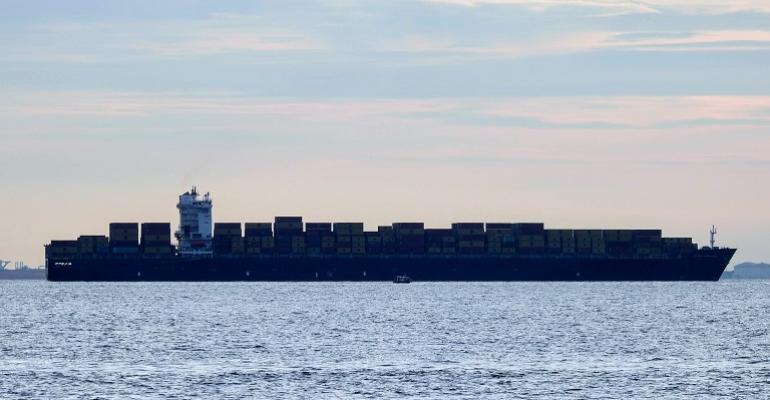“Sinking margins of container liners will likely turn around in 1Q in wake of the Red Sea disruption,” in the opinion of ING THINK - an analytical research group under the ING umbrella.
The hostilities in the Red Sea and Gulf of Aden are being watched closely in and around Washington, DC including at the Federal Maritime Commission (FMC), the agency with regulatory oversight of liner shipping that touches US ports. The FMC announced that it will be holding an in-person hearing (with live-streaming), in early February, “to examine how conditions in the Red Sea and Gulf of Aden regions are impacting commercial shipping and global supply chains.”
Presaging some of the disputes likely to arise between the cargo side and the liner operators, as carriers quickly implemented emergency surcharges in response to Red Sea/ Suez Canal passages being jettisoned in favour of routings around South Africa, the agency’s stated objective for the hearing will be to: “allow stakeholders in the supply chain to communicate with the Commission how operations have been disrupted by attacks on commercial shipping emanating from Yemen, steps taken in response to these events, and the resulting effects.”
Why might cargo shippers take issue with carrier price rises creating fodder for the docket of complaints to the FMC? While carrier costs will rise with longer voyages, the surcharges provide cover for price hikes that will flow to the bottom line.
The ING analysts said: “Only part of the price increases can be attributed to higher fuel and wage costs, which means container liners will benefit from the sudden mismatch and imbalances between demand and supply, as we have seen previously.” As noted in the past weeks rates for 40-foot boxes have more than doubled on some of the Asia/ Europe runs.
Those filing complaints with FMC will be relying heavily on a new breed of shipping analysts. The ongoing crisis was the subject of an online webinar hosted by Windward, the maritime intelligence platform at the cutting edge of “visibility” on movements of commercial vessels. Its co-founder, Ami Daniel, who began his career in the Israeli Navy, moderated an hour-long panel- “The Tides of Terror: The Impact of the Red Sea Crisis on Global Trade.” The webinar presenters included Jakob Larsen, who heads up Bimco’s Safety & Security efforts, Joshua Hutchinson- on the analytical side of leading security provider Ambrey, and freight analyst Peter Sand from Xeneta.
Peter Sand’s ability to convey the intricacies and nuances of liner ship movements, along with their economics, were on display in the Windward online presentation. He said, emphatically, that: “One of the initial results from a crisis like this, where uncertainty is massive, is that rates go up.” He described the present situation as being “…even more dramatic than the Covid years,” and explained additional complexities of bad timing in play, citing “the mini-peak in January, just before Chinese New Year always a time that rates go up.”
One underappreciated aspect of the shifting vessel routings is the carriers adjusting their voyage segments on moves from Asia/ Europe to cope with the new realities. “We’ve been looking closely at some of the schedules and patterns of some of the main carriers, and what we can see is that they are beginning and they are planning for a different starting point in the Far East.”
Continuing, he pointed out that: “The main liners will no longer call, for the foreseeable future, at ports in the North Asia…because they need to make up for time lost”. He listed Dalian, Tianjin and Busan in this group. “Some of the main services are cutting off time at the start of their services,” he said, explaining that such actions will help the carriers maintain weekly sailing schedules and help them to avoid “blanking” of voyages.
Reader resources:
https://www.fmc.gov/fmc-announces-hearing-on-shipping-conditions-in-the-red-sea-2/
Copyright © 2024. All rights reserved. Seatrade, a trading name of Informa Markets (UK) Limited.
Add Seatrade Maritime News to your Google News feed.  |

